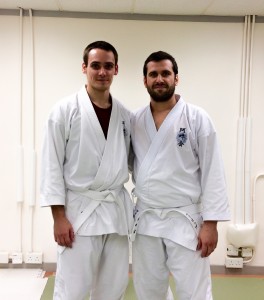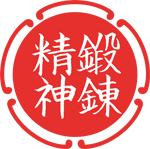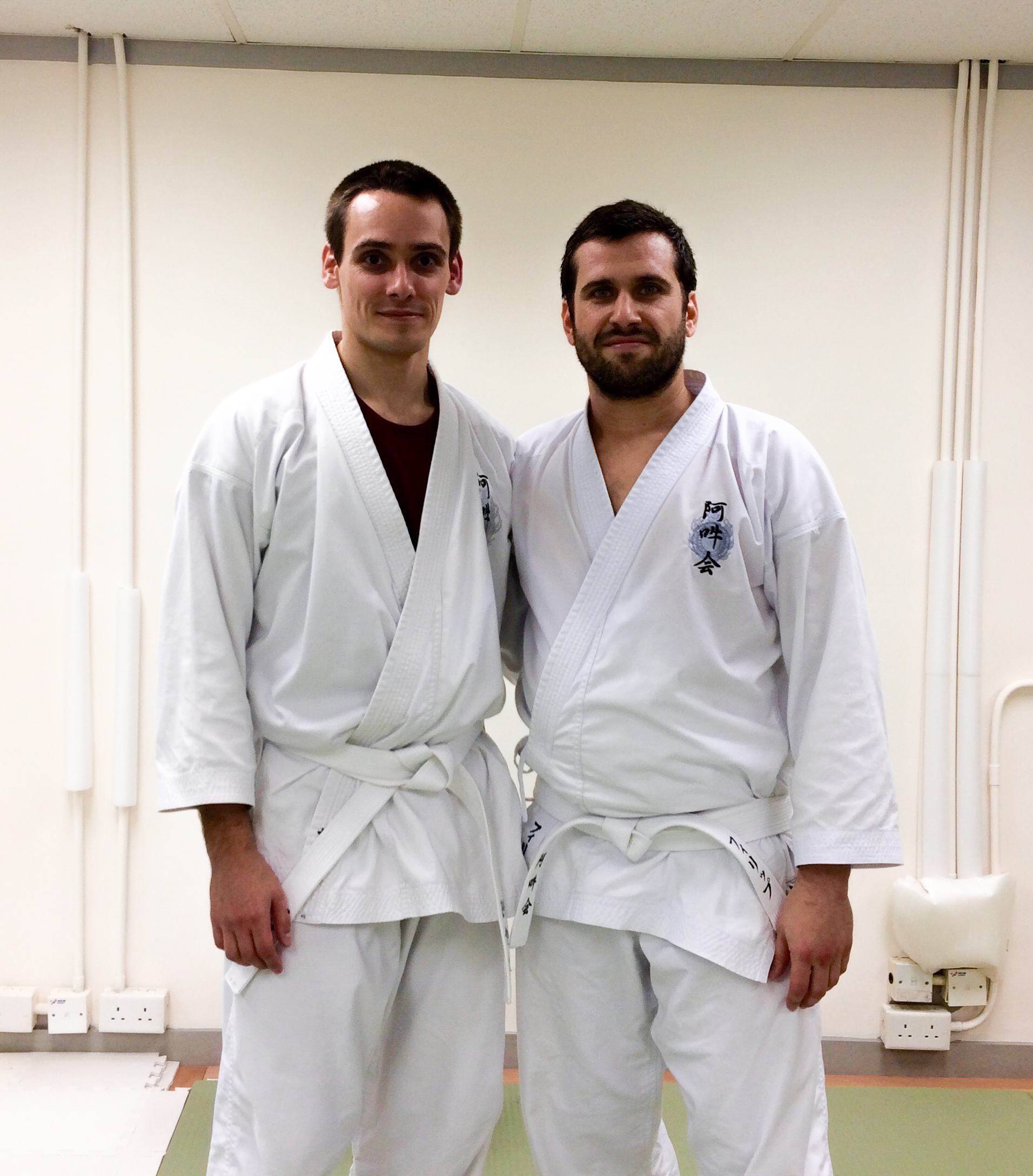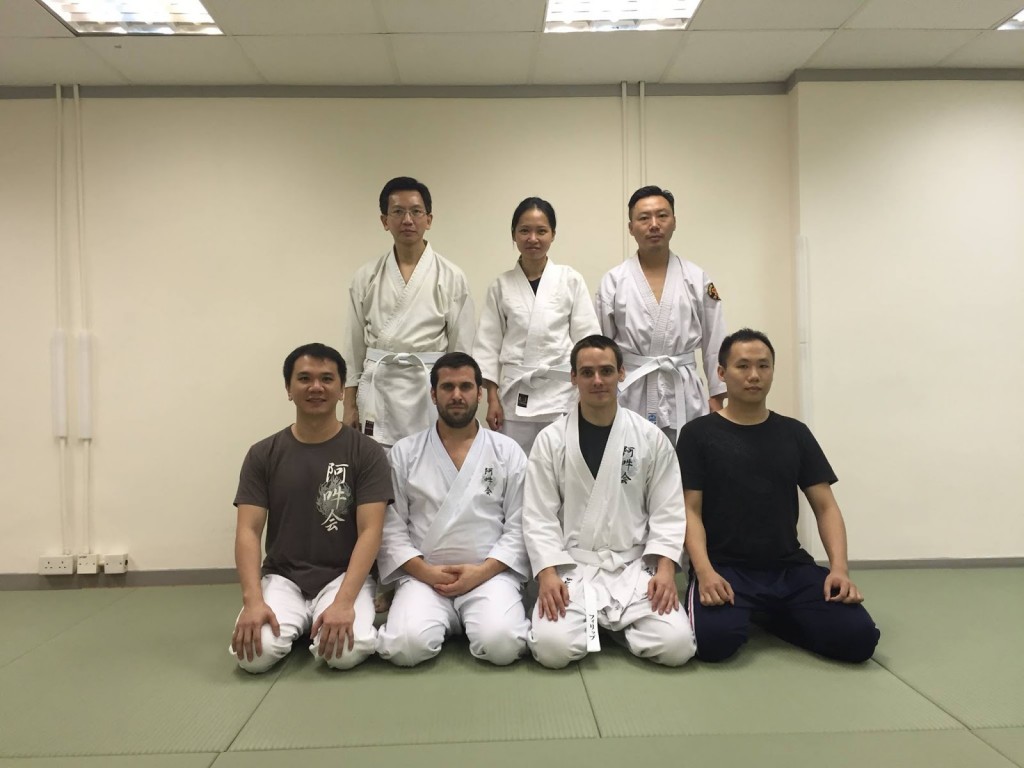For reasons beyond our control at all, sensei Akuzawa unfortunately could not be with us, and the seminar was taken over by Filip Maric and Xavier Duval, respectively leaders of the New Zealand and HK Study Groups, who gave different but complementary views on the Aunkai method.
Each day has been divided in 4 x 1h30 sessions, allowing us to have continuity in the themes while making it very dynamic. Each session was logically linked to the previous bringing additional details, and the seminar ended up being incredibly deep.
SATURDAY
Xavier – Session 1
The first session was an opportunity to introduce the basics and Aunkai, i.e. Maho and the front-back axis.
We started and ended with push out, which enabled us to build something during the session, then return to push out and see if anything had changed.
After this first push out test, we naturally approached Maho. Many versions exist, and for that session I chose one of the classics: from the top of the body we realign the chin and sternum, etc. up to the bottom. Once aligned, seeking the rear imbalance naturally causes the arms to rise. This version allowed to work alignment from the top of the body and begin to explore the area where the body comes loses balance and thus to increase the area in which we can maintain balance.
From Maho, with a little pressure on the hands of the partner, we then began to change the position of the feet and then feel how the Maho position naturally leads to walking.
I proposed several versions of Walking Maho, each bringing a few different elements. The first with Bo at the belt or sternum to connect the two partners, serving as a level to check that the center of gravity does not rise (often indicative of a push into the floor). The second with the Bo held vertically like a “guide” who represent the backbone and enables to see if it loses its verticality (and under what axis) or if it goes up. Some small details helped explore the way we usually walk and why it is a problem. All these problems “solved” we went to the “classic” version of Walking Maho before returning to push out.
Filip – Session 2
Filip repeated the same things, but reversed. This time instead of visiting the are of unbalancing, we tried to play with the precise point of balance. First in seiza, by making waves with the column from the pelvis and trying not change where the weight of the body falls. Then in Maho, from the bottom to top. From there we started moving our arms whilst keeping the same weight in the feet.
The following exercises were no less interesting as they went back to a top-down Maho, but being unbalanced by the partner and exploring how to bring the structure back under the head to return to Maho.
Xavier – Session 3
This session explored two things: Shiko and the lateral axis and the anatomical construction of bowing and its implications, including Sage Te.
We played with Shiko usinga number of variations, again to explore different parameters. With a Bo and a very large form to feel the connection diagonally and the “drop” (to avoid pushing into the ground with the leg), then Shiko with fists pushing slightly into the kuas to feel the compression. It was also an opportunity to test some martial application of the weight transfer specific to Shiko to make it less obscure a subject.
We then explored another Shiko, in seiza, a version slightly different, which allowed to explore another form of Age Te.
After Shiko, we studied the standing version of bowing and its weight transfer, as well as a direct application with Sage Te, a key point to understand gravity.
Filip – Session 4
We did Walking Maho in its pushing version in the first version, this session was an opportunity to do it pulling It was Maho. This allowed us to explore what is happening when one is pulled by the arm: let the arm go, fight back, absorb and store energy, or even surpass.
This session explored another version of Maho with partner: Breathing Maho. And opportunity to feel the rise and natural descent of the arms and the replacement of the body that accompanies it.
After a (relatively) minimal Sage Te in the previous session, with a simple adjustment of a few centimeters of the structure, Filip proposed a “macro” version starting leaning and using a mix of Shiko and Breathing Maho back to bring the body back and take Uke’s structure.


